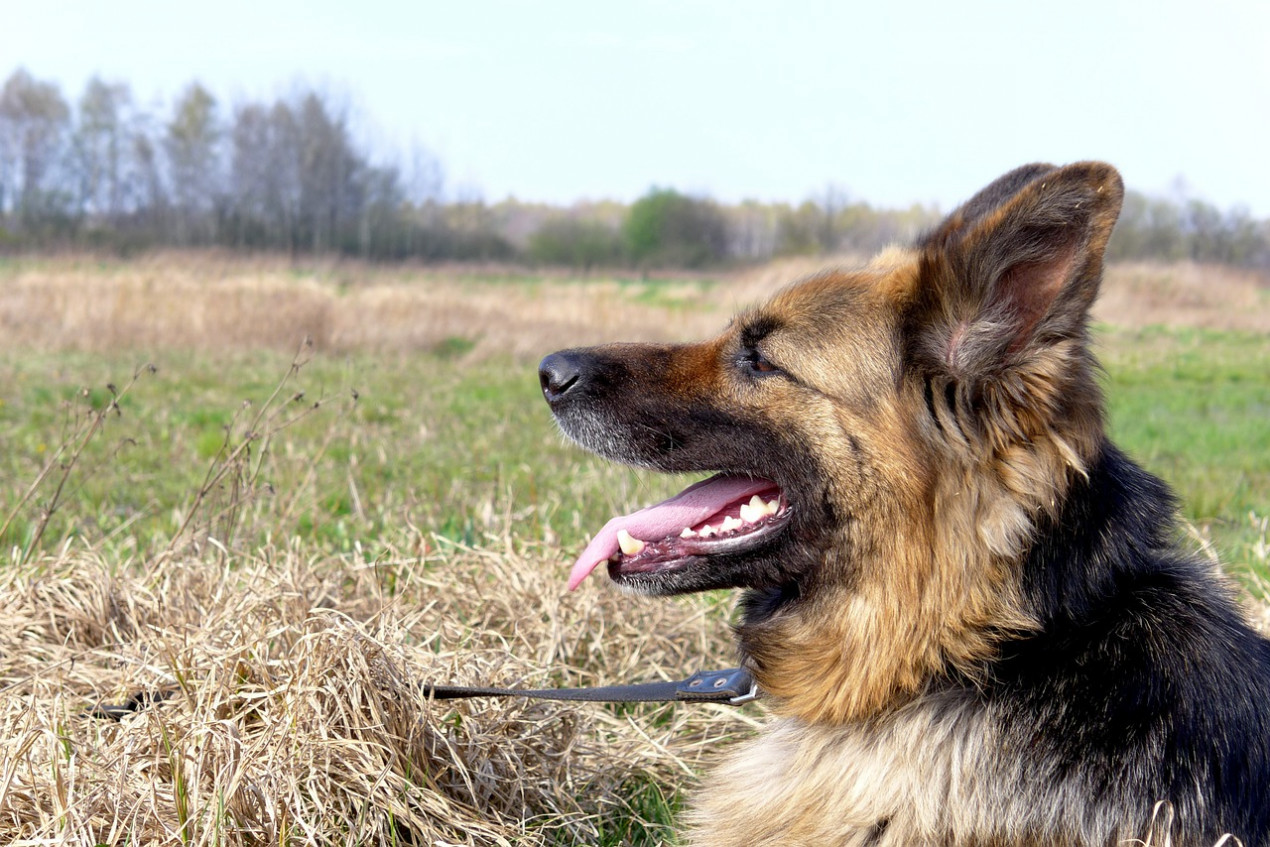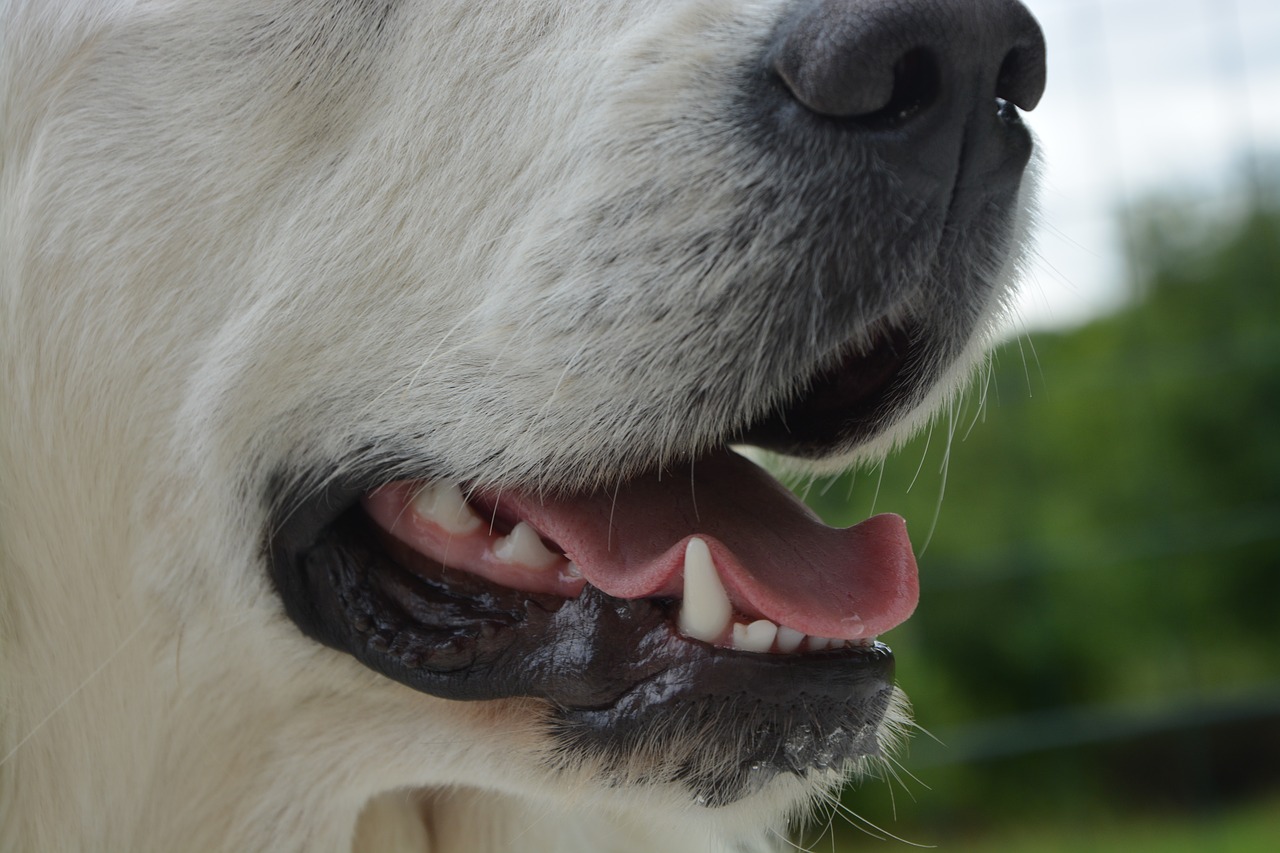
What is dental disease in dogs?
Unlike humans, dogs don’t tend to suffer from serious tooth decay, but the majority over the age of three do have dental disease. This comes in four stages, typically beginning with a build-up of plaque and tartar in the mouth which leads to mildly inflamed gums. This condition is commonly known as gingivitis in dogs. If gingivitis is left untreated, it can then develop into more serious gum disease (periodontal disease) which may involve the loss of bone and soft tissue around the teeth. Gum disease can leave dogs more prone to infections that may affect other organs in the body.

What are the signs of dental disease in dogs?
It’s easy to overlook dental disease as a cause of discomfort, particularly in older dogs as we often assume that behavioural changes are caused by ‘just getting old’. However, mouth pain can result in significant changes in behaviour. Watch out for:
- Gradual loss of interest in playing with or chewing toys
- Fussiness with food– sometimes favouring certain types of food, eating on one side only or problems picking up food
- Rubbing or pawing at the mouth
- Salivating (dribbling) more
- Pain when you try to examine the mouth
- Blood in the water or food bowl
Other more clinical symptoms of dental disease include smelly breath, red or swollen gums and yellow and brown or missing teeth. Bear in mind that dental disease in dogs can be extremely painful, especially if left untreated.
What to do if your dog shows signs of dental disease?
It’s vitally important gingivitis or gum disease in dogs is treated as early as possible to avoid both irreversible damage and associated health problems. Research shows pets with periodontal disease are more likely to develop heart, kidney and liver disease. This is the result of bacteria from the gums entering the bloodstream and sticking to the arteries around the heart. You should contact your vet straight away if your dog or puppy is showing signs of dental disease.
Dog gum disease treatment
It may be that your dog just needs some antibiotics and a programme of teeth brushing for gingivitis, or possibly even a scale and polish with some extractions. But the sooner these problems are addressed the easier it will be to prevent further deterioration. It’s common for owners of older dogs, in particular, to mention that having their dental disease treated has resulted in a new lease of life for their dog.
If your vet is concerned about your dog’s teeth and gums, and treatment is required, they may want to place your dog under general anaesthetic. This will allow them to remove any accumulated plaque and tartar and carry out surgery on badly affected teeth, gums, bones and tissue. Afterwards, they may apply antibiotic gel to the gums to help soothe the sore or prescribe oral antibiotics to reduce the risk of infection.
How to prevent dental disease in dogs
You should brush your dog’s teeth daily with toothpaste formulated for dogs. It’s also worth providing them with plenty opportunities for chewing (hard toys and rawhide chews – not bones or sticks which can damage the teeth and mouth) and always feed your dog a healthy diet. However, if you have not previously brushed your dog’s teeth, and you suspect gum disease, speak to your vet first. If there’s already disease present, the brushing may at best be ineffective and at worst, be very painful. Finally, make sure you visit your daytime vet for a regular health check.

